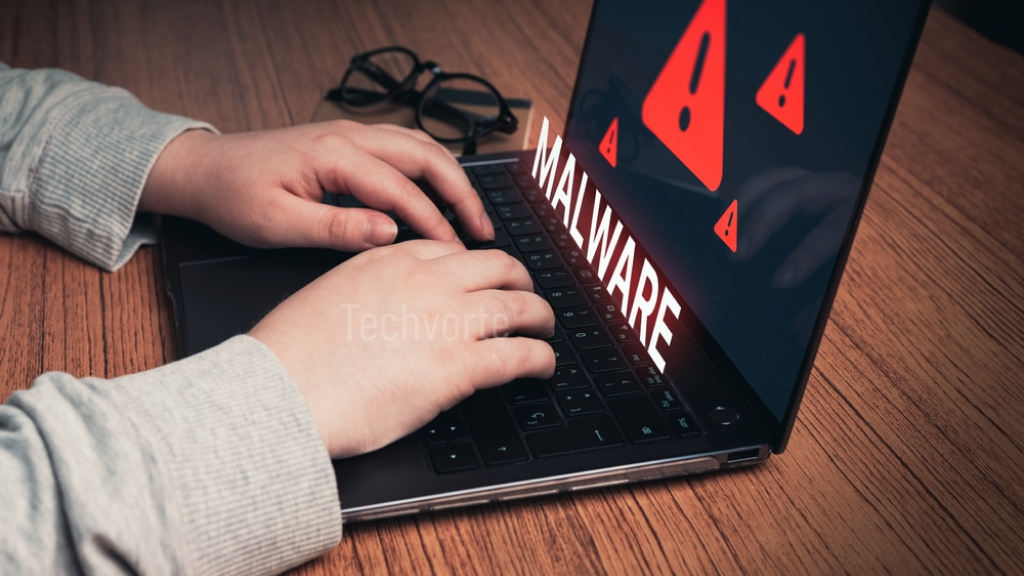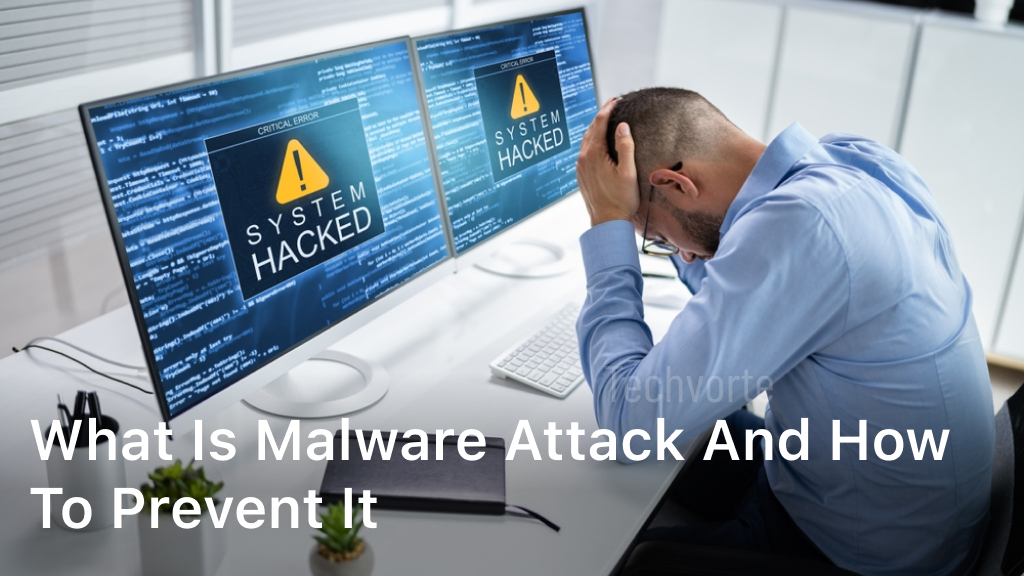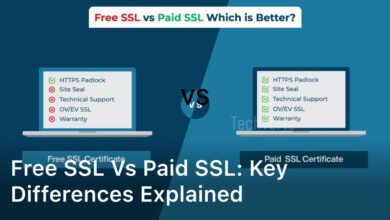Malware, short for malicious software, is a broad term encompassing various forms of harmful programs designed to infiltrate, damage or steal information from computer systems and networks.
From viruses and worms to spyware and ransomware, malware comes in many shapes and sizes, each with its own destructive capabilities.
Understanding what malware is and how to prevent its attacks is crucial in today’s interconnected digital world.
What is Malware?
Malware refers to any software intentionally created to cause harm to a computer, server or network.
It includes viruses, worms, Trojans, ransomware, spyware, adware and more.
These malicious programs can enter your system through various means, such as email attachments, infected websites or removable devices.
Malware Detection and Analysis
Malware is an ever-present threat to computer systems, and detection is crucial to protect against it.
There are several techniques and tools available to identify and analyze malware.
These include:
- Antivirus software
- Malware scanners
- Behavioral analysis
Antivirus software is the most commonly used tool for malware detection.
It examines files and programs for patterns that match the signatures of known malware.
Malware scanners, on the other hand, use heuristics to search for suspicious or malicious behavior in files and programs.
Behavioral analysis involves observing the behavior of a program in a controlled environment to identify any malicious activity.
Malware analysts also use techniques such as reverse engineering and sandboxing to gain a better understanding of the characteristics of malware. Malware analysis helps experts assess the potential risks posed by malware and develop effective strategies to combat it.
Preventive Measures

Preventing malware attacks requires a multi-layered approach:
Keep Software Updated
Regularly update operating systems, applications, and antivirus software to patch known vulnerabilities and protect against emerging threats.
Use Strong Passwords
Create complex, unique passwords for each account and enable multi-factor authentication whenever possible to add an extra layer of security.
Install Antivirus Software
Install reputable antivirus software and keep it up to date to detect and remove malware from your system.
Educating Users
Educating users about the risks of malware and how to recognize phishing attempts can significantly reduce the likelihood of successful attacks.
Network Security
Implement firewalls and intrusion detection systems to monitor and filter network traffic, blocking malicious connections and unauthorized access attempts.
Data Backups
Regularly back up important data and store backups in secure locations, such as external hard drives or cloud storage services, to ensure data recovery in case of a malware attack.
Safe Email Practices
Encourage employees to avoid opening suspicious emails, clicking on links or attachments from unknown senders, and enable spam filters to block unwanted emails.
Secure Web Browsing
Only visit HTTPS websites, avoid clicking on ads or links from untrusted sources, and use ad blockers and script blockers to prevent malicious scripts from running in your browser.
Mobile Device Security
Install reputable security apps on mobile devices, be cautious when downloading apps from third-party stores, and regularly update device software to patch security vulnerabilities.
Employee Training
Provide regular cybersecurity training to employees, covering topics such as password security, safe browsing habits, and how to identify and report suspicious activity.
Regular Security Audits
Conduct regular security audits to identify vulnerabilities in your systems and networks and take proactive measures to address any weaknesses before they can be exploited by attackers.
Incident Response Plan
Develop and regularly test an incident response plan outlining the steps to take in case of a malware attack, including containment, eradication and recovery procedures.
Conclusion
Cybersecurity threats are becoming increasingly sophisticated, and malware attacks have become prevalent.
This article aimed to provide a comprehensive understanding of malware, including its definition, types, examples and potential risks.
It is critical to have a sound detection and removal strategy in place to protect your devices from malware infections.
To ensure the safety of your devices, it is crucial to stay vigilant and adopt preventative measures such as keeping software updated, using strong passwords and avoiding suspicious websites and emails.
Remember, the best defense against malware is a proactive approach.
By implementing the strategies outlined in this article, you can better safeguard yourself from harmful malware attacks. Stay informed and stay safe.
FAQ
What is malware?
Malware, short for malicious software, refers to any software created with the intention of causing harm, stealing data, or disrupting computer systems. It can take various forms such as viruses, worms, ransomware, spyware, and trojans.
How does malware spread?
Malware can spread through various means, including email attachments, infected websites, removable devices, and software vulnerabilities.
Can antivirus software prevent all malware attacks?
While antivirus software can detect and remove many types of malware, it’s not foolproof. New malware variants are constantly emerging, so it’s essential to supplement antivirus protection with other security measures.
What should I do if I suspect a malware infection?
If you suspect a malware infection, disconnect the affected device from the network, run a full antivirus scan, and follow your organization’s incident response procedures.
Are small businesses at risk of malware attacks?
Yes, small businesses are often targeted by cybercriminals due to their limited resources and less robust security measures. It’s essential for small businesses to prioritize cybersecurity and implement preventive measures to protect against malware attacks.
How often should I update my antivirus software?
It’s recommended to update your antivirus software and run regular scans at least once a week to ensure maximum protection against malware threats.





